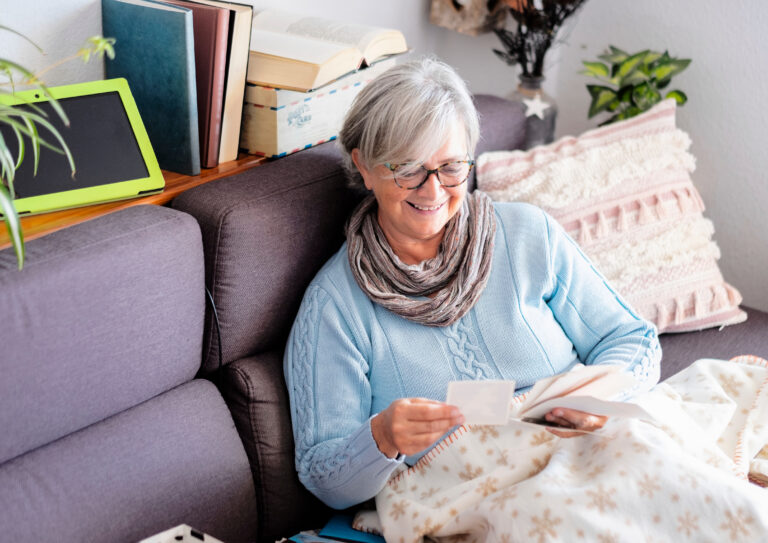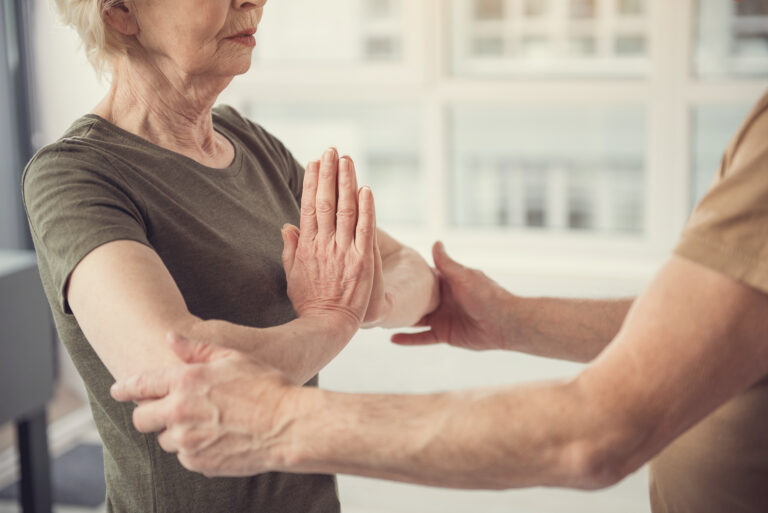Alzheimer’s disease is a progressive neurological disorder that affects millions of people worldwide. It is a type of dementia that primarily impacts the memory, thinking, and behavior of an individual. As the disease progresses, it becomes increasingly challenging for the person to perform simple daily activities, such as getting dressed or eating independently.
One significant challenge faced by individuals with Alzheimer’s is maintaining physical fitness. As the disease affects the brain, it can also impact the body, leading to muscle weakness, coordination issues, and balance problems. This can make it challenging for a person with Alzheimer’s to engage in regular physical activities. However, regular exercise is essential for maintaining physical and mental well-being, even for those with Alzheimer’s. And one way to achieve this is through chair exercises.
Chair exercises are low-impact exercises that can be done sitting down or with the support of a chair. They are a safe and effective way for individuals with Alzheimer’s to stay active and maintain their overall health. These exercises help improve muscle strength, flexibility, and balance, which can reduce the risk of falls and injuries. They also provide mental stimulation, improving mood and cognitive function. So, if you have a loved one or know someone with Alzheimer’s, here are some tips on how you can help them do chair exercises:
1. Understand the person’s abilities and limitations
The first step in helping a person with Alzheimer’s do chair exercises is to understand their capabilities and limitations. Each individual may have different levels of physical ability, so it’s crucial to assess what they can and cannot do. If they have been physically active before their diagnosis, they may still be able to perform more complex exercises. However, if they have not been active, starting with simple movements may be more appropriate.
2. Create a comfortable and safe environment
It’s essential to create a comfortable and safe environment for the individual to do chair exercises. Make sure the chair is stable and has armrests for support. Remove any potential hazards, such as loose rugs or obstacles, to prevent accidents. You can also play some soothing music in the background to create a relaxing atmosphere.
3. Start with gentle warm-up exercises
Before starting any physical activity, it’s crucial to warm up the muscles to prevent injury. Gentle warm-up exercises can help loosen up stiff joints and prepare the body for more challenging movements. Some simple warm-up exercises for individuals with Alzheimer’s may include shoulder rolls, arm circles, and toe taps.
4. Keep the exercises simple and repetitive
When it comes to chair exercises for individuals with Alzheimer’s, it’s best to keep them simple and repetitive. This will help them remember and follow the movements. Simple exercises such as arm raises, leg lifts, and seated twists are easy to follow and do not require a lot of coordination. Remember to start with a few repetitions and gradually increase as their strength and endurance improve.
5. Use visual and verbal cues
Individuals with Alzheimer’s may have difficulty following directions or understanding verbal cues. Using visual aids, such as pictures or videos, can be helpful in guiding them through the exercises. You can also use simple verbal cues and repeat them frequently to help them understand and follow along.
6. Encourage and praise their efforts
It’s crucial to encourage and praise the person’s efforts during the chair exercises. Positive reinforcement can motivate them and make them feel accomplished, boosting their confidence and self-esteem. Keep in mind that it’s not about how many repetitions they can do, but rather the effort they put in.
7. End with a cool-down and relaxation
Just like warming up, cooling down after exercising is essential to prevent muscle soreness and stiffness. Some gentle stretches for the arms, legs, and neck can help relax the muscles. You can also guide the person through a few minutes of deep breathing or meditation to help them relax and calm their mind.
In conclusion, chair exercises are an excellent way for individuals with Alzheimer’s to stay physically active and maintain their overall well-being. As a caregiver or family member, it’s vital to be patient and understanding when helping them with these exercises. Remember to consult with their doctor before starting any new exercise program and adapt the exercises to their abilities. With your support and encouragement, individuals with Alzheimer’s can benefit greatly from chair exercises and improve their quality of life.





